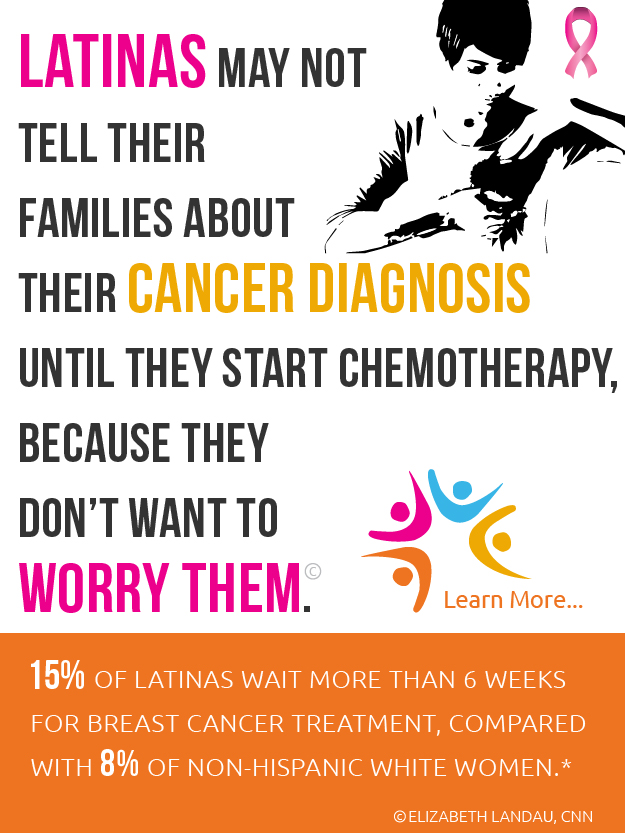
Building a Trustworthy Relationship With Your Physician
10/10/2013 01:19PM | 9827 viewsA patient/physician relationship is certainly one of the more important aspects of attaining and maintaining good health. Most patients have an idealistic vision of their expected physician relationship as follows: a caring, articulate physician who has the time and interest in them personally to guide them through the health care maze.
The reality of health care is:
1) the U.S. health care system is complex;
2)physicians are
compensated by the quantity of patients they see (not for the quality of time
they spend with each patient);
3) the idealized television view of the
physician is quite different from the reality; and
4)Hispanics have different
needs, attitudes and values when approaching health care services.
With respect to the last point and cultural issues, Hispanics hold physicians to a high standard, while also approaching most physician relationships and health care services with a significant lack of trust. For their part, physicians from different backgrounds bring their own set of cultural values – and possible preconceived notions – into their communication with Hispanic patients. When attending to Hispanic patients, it is all too common that the non-Hispanic physician is less empathetic than an Hispanic physician, does not encourage the patient in the medical decision-making process, and does not provide enough information to make an informed decision. Clinicians who are unaware of cultural influences can miss important medical implications and further inhibit the trust relationship. The tone and message of the physician can even affect the patient’s “sense of hope.”
The nature of the patient/physician relationship may be different for various specialties, but the one with the patient’s primary care physician is most vital. Let’s explore the different types of patient/physician relationships and where Hispanics fit in relation to these models.
Ezekiel and Linda Emanuel, noted American bioethicist and geriatrician respectively, describe the patient/physician relationship as one of four styles: paternalistic, informative, interpretive or deliberative:
· A “paternalistic” relationship is similar to a parental or priestly model. In this relationship, the physician discerns what is in the patient’s best interests and controls the process with limited participation by the patient.
· In the “informative” type of relationship, the physician provides the patient with important and helpful information and the patient selects the treatment and intervention.
· In the “interpretive” relationship, similar to the informative model, the physician provides the information and now assists the patient in assessing the proper course of treatment and associated interventions.
· Finally, in the “deliberative” model, the physician works with the patient to understand his or her personal values, health care needs and decision-making process. The Emanuels describe this as the preferred medical delivery model.
Most Hispanics have been associated with the paternalistic style of medical care. Some of the reason is cultural, some is awareness or lack thereof, and some is the reality that the vast majority of physicians still practice medicine in this style. There is, however, a great opportunity for Hispanics to take charge of their health care and move toward a more trusted relationship.
Examples of how a patient can build a trusting physician relationship are:
· Understand your family medical history. When you walk into the physician’s office, have information about your parents, grandparents, and children on hand. (Did or do they have high blood pressure? What did grandparents/parents die of? What known family problems are there, such as alcoholism, heart disease, and diabetes?)
· Know all of your medications.Write down the medications you take and how often. Bring the list with you to the physician appointment.
· Know your symptoms. Often patients forget some of their symptoms when they get to the physician’s office. The environment can be intimidating and the physician may be in a hurry. Be prepared, write things down and be objective. Concentrate on recent symptoms and changing conditions – anything out of the ordinary for you.
· Ask questions. The best way to build a strong patient/physician relationship is to ask questions. Physicians can’t read your mind, so you have to be prepared to ask the questions that are important to you. Physicians are more likely to move to the deliberative model if the patient indicates they want to be there.
Finally, a great physician relationship depends on the patient implementing the recommendations of the physician – because trust works both ways. If the physician recommends you stop smoking and you come back time and again still smoking, it is unlikely that the physician will trust you to act on their recommendations or make good health choices. Good health is one of the areas of life that we can have significant personal control over. Take this control.











Post your Comment
Please login or sign up to comment
Comments